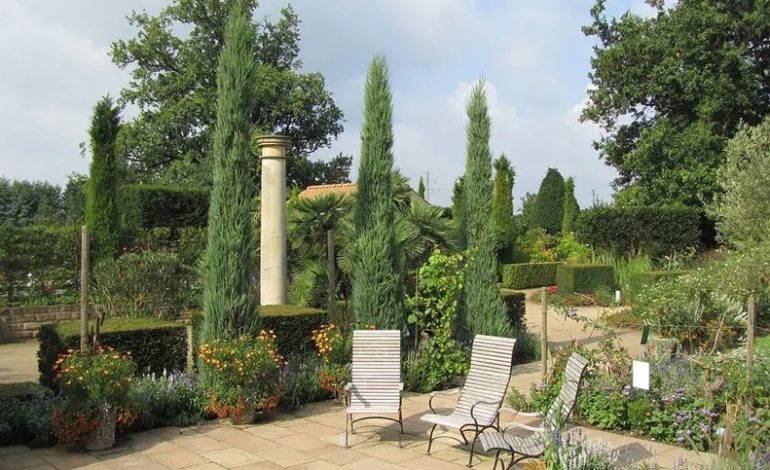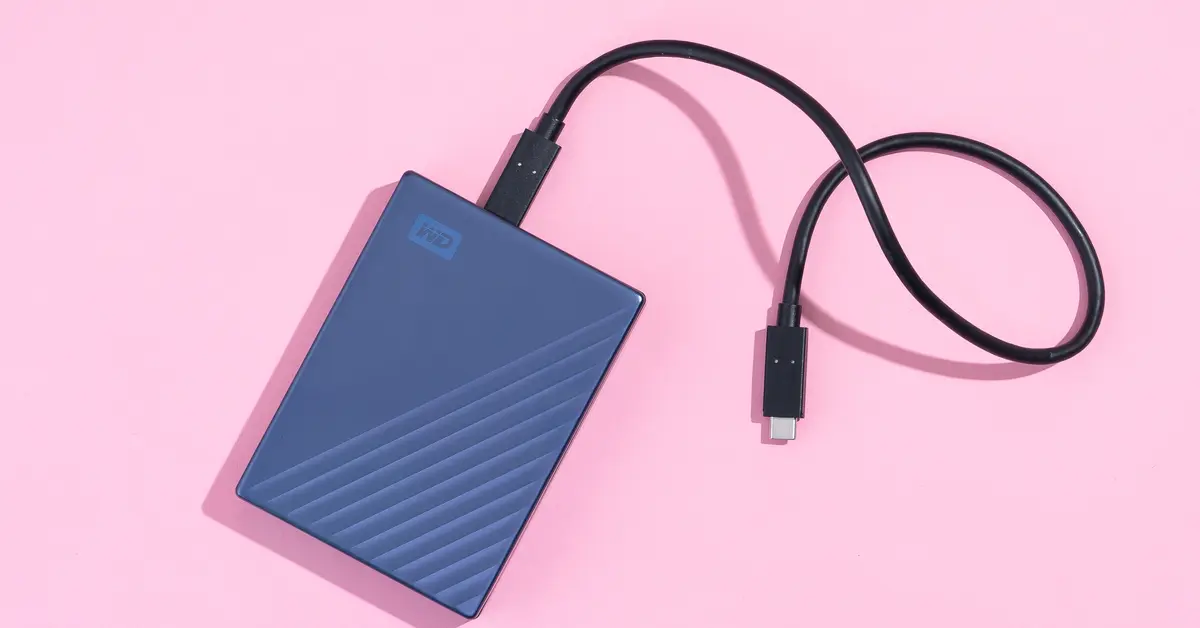Complete guide for planting a skyrocket juniper tree

The skyrocket juniper (Juniperus scopulorum ‘Skyrocket) is a narrow, columnar evergreen tree with a fast growth rate. Plants with the fragrance of this juniper range have a bluish-green color and like the scales’ feel. While not a true juniper this cultivar derives from Eastern redcedar (Juniperus virginiana) skyrocket juniper shares many characteristics common within the Juniperus genus of trees and shrubs.
Skyrocket juniper is the narrow juniper that Researchers studying botany have discovered, expanding to a mature height of thirty feet and a mature width of eight feet with proper care. These evergreen trees are drought-tolerant and grow well in USDA hardiness zones three through nine. The skyrocket juniper has beautiful blue-bluish leaves that look like berry leaves. But be advised that these cones are poisonous to kids and pets and are not edible.
Uses for skyrocket juniper trees
Considered a hardy alternative to Italian cypress, the skyrocket juniper is easily transplanted into different growing zones and climates. skyrocket juniper makes great foundation plantings. When planted in a row, Skyrocket junipers can serve as a privacy screen or windbreak for your backyard. Many growers plant the skyrocket juniper next to conifers, which thrive in similar conditions. Junipers and conifers can make a striking combination of trees in your garden.
Read more: The SWGOH Webstore: A Webstore for keen people of Star Wars Gaming
How to Plant a skyrocket juniper tree
Planting your requires a few steps.
Choose a sunny location.
Sun Light is ideal for growing your plant. Avoid heavily shaded areas, which make junipers more susceptible to disease.
Give your tree plenty of space.
Make sure to choose a well-draining location to give your ever-green plant space to excellent growth.
Use slightly acidic soil.
Sand, clay, and loam soils are among the many types of soil that skyrocket juniper can grow in. Ideally, plant your skyrocket juniper in soil with a slightly acidic pH level. The soil should always be semi-moist rather than wet.
Space your skyrocket juniper appropriately.
Crowded skyrocket juniper trees cause foliage overgrowth and poor air circulation. Give your junipers plenty of space to expand by placing them a few feet separate. When you are ready to plant, remove the juniper plant from its container and loosen the weight of the roots with your hands. Plant your juniper tree so that the root is Not too deep, but the ball is covered.
Water your new plants.
As soon as you plant your skyrocket juniper, water it. After planting, give water to the plant two times a week once the plant is growing, you can stop giving water once a week. During the summer months, you give water according to need.
Take Care Juniper
Take into consideration these basic guidelines for maintaining a plant.
Light:
These privacy trees thrive in full sun and partial shade. Avoid growing these trees in thickly shaded areas.
Temperature:
The skyrocket juniper does well in a variety of temperatures but is sensitive to humidity.
Watering:
After planting, give water to the plant two times a week once the plant is growing, you can stop giving water once a week. During the summer months, you give water according to need.
Fertilizing:
After your skyrocket junipers have developed a root system, fertilize them every few years.
Pruning:
Probably not, unless you need to trim off deadwood from your skyrocketing juniper. Use Covering gloves to protect your hands from the tree sap when you remove dead branches. The best time to cut your skyrocket juniper branches is spring.
Diseases in skyrocket junipers:
To prevent rust diseases, avoid growing Skyrocket junipers near apple, crabapple, or hawthorn trees. In order to solve the pest issue, remove any infected branches from a tree. To protect your skyrocket junipers from spiders, give them a powerful spray.
Types of Skyrocket Juniper
There are many juniperus varieties with many different plant growth patterns.
- Juniperus scopulorum ‘‘Blue Creeper‘‘: Blue foliage, low-growing, mounding shape.
- Juniperus scopulorum ‘‘Blue Arrow‘‘: narrow, erect growth-bearing foliage that is blue-green. Cultivars
- Juniperus scopulorum ‘‘Wichita Blue‘‘: Male plant, compact, conical shape, blue to blue-gray foliage.
- Juniperus scopulorum ‘‘Table Top‘‘: Low-growing, flat-topped juniper with silvery-blue foliage, female plant.
- Juniperus scopulorum ‘‘Snow Flurries‘‘: Small, narrow tree that is columnar to fastigiate and has blue leaves with creamy white spots.
- Juniperus scopulorum ‘‘Pathfinder‘‘: broader, pyramid-shaped form with flat spray branches holding blue-green foliage.
- Juniperus scopulorum ‘‘Gray Gleam‘‘: Slow-growing, dense, columnar tree with silver-gray foliage.
- Juniperus scopulorum ‘‘Cologreen‘‘: Upright, narrow form with bright green foliage.
- Juniperus scopulorum ‘‘Blue Heaven‘‘: Small, conical tree with light blue foliage.
Conclusion
Skyrocket junipers do not have any grave dangers from pests or plant diseases. In the rainy season, plants may look like blights that give reason for the death of the stem tips. Aphids, bagworms, and spiders are possible insect pests but rarely cause the tree to die.
FAQ
To what extent do Skyrocket Junipers grow?
Some Skyrocket Juniper cultivars can grow to a height of thirty to forty feet. Other cultivars produce smaller trees around 10-12 feet.
How close can you plant skyrocket junipers?
Since the shape is conical, plant skyrocket junipers at least 24-36 inches which have a better greenery.
Are skyrocket juniper roots invasive?
The roots of skyrocket junipers are irritating, which makes them good for foundation plantings and growing in narrow spaces.









